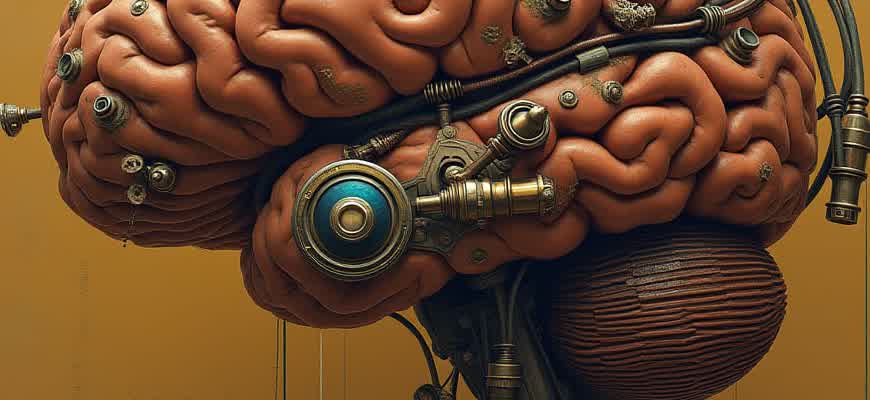Traffic Management Attenuator

Traffic management attenuators, also known as crash cushions, are critical devices designed to reduce the severity of impacts in road environments. These systems are typically placed on roadways to protect both drivers and roadside infrastructure from collisions. The attenuators are engineered to absorb and dissipate the kinetic energy of vehicles, ensuring that the force of the collision is minimized.
The primary function of these safety devices is to soften the impact during a crash, thereby decreasing the likelihood of serious injury or death. They are often installed in areas where vehicles are likely to collide with rigid barriers or other hazards. In modern traffic management, attenuators are crucial in improving overall safety measures on highways and construction zones.
Important Note: Attenuators should be regularly inspected and maintained to ensure optimal performance in emergency situations.
- Design: Attenuators are typically composed of energy-absorbing materials, such as foam, hydraulic cylinders, or water-filled barriers.
- Location: Commonly used in areas with high-speed traffic, construction zones, and at the ends of guardrails.
- Purpose: To reduce the risk of serious injury by absorbing collision energy and preventing vehicle penetration into hazardous zones.
| Type | Material | Application |
|---|---|---|
| Fixed Barrier | Concrete, Steel | Used for permanent installations, especially in construction zones. |
| Mobile Cushion | Hydraulic, Foam | Installed in temporary traffic management setups for easy relocation. |